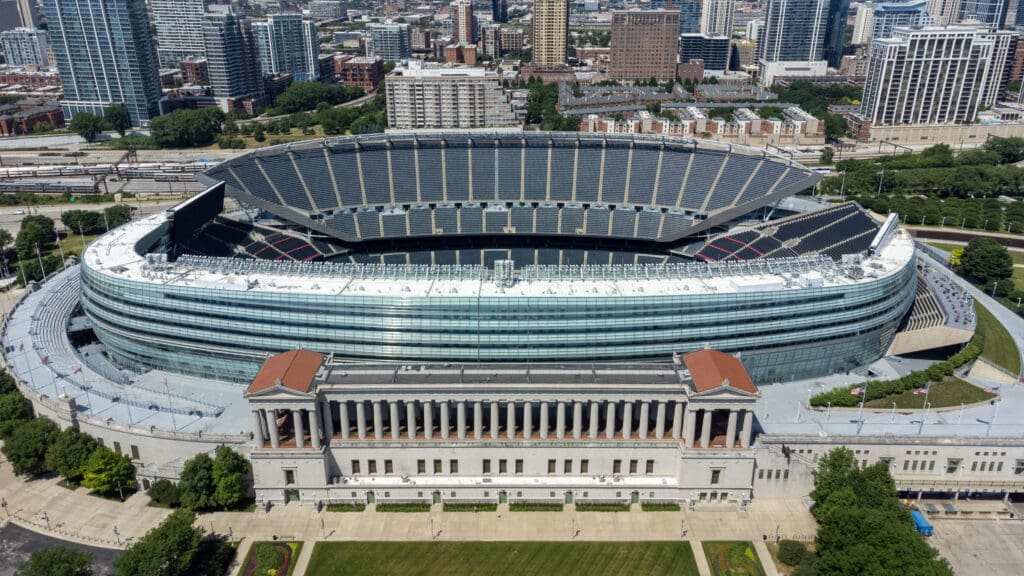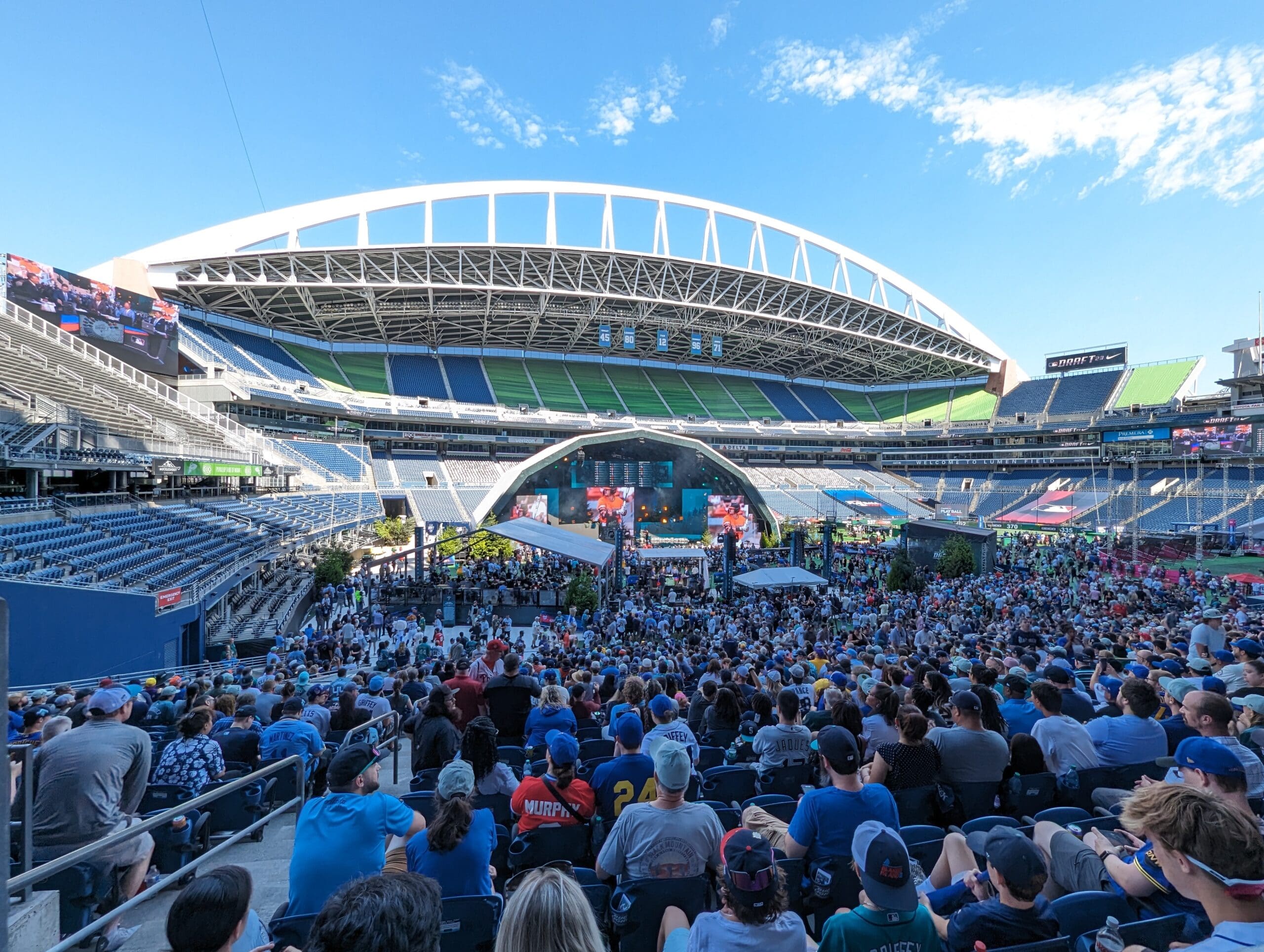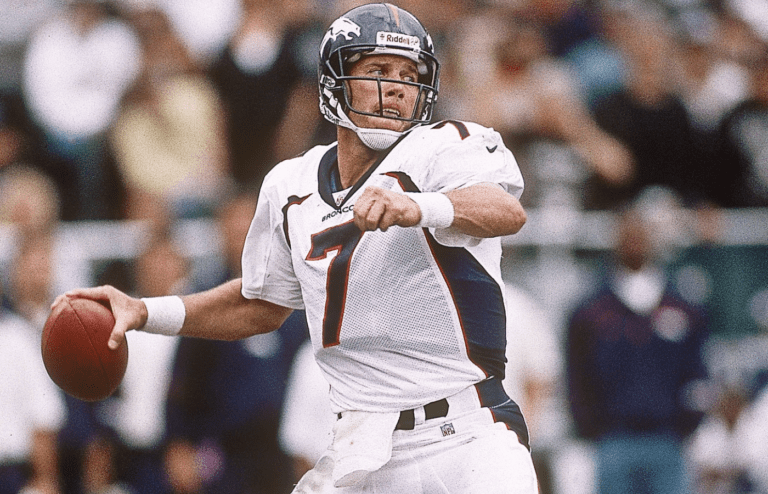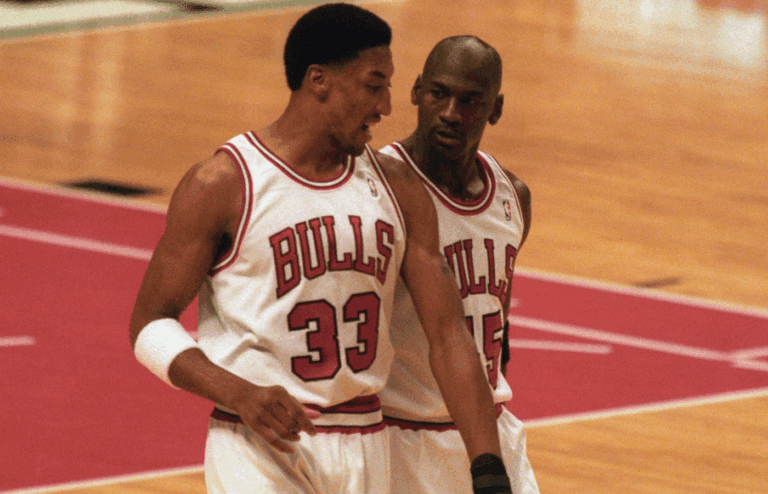The NFL is always moving forward. New stadiums pop up with billion-dollar price tags, retractable roofs, and giant screens that make the game feel like a movie. Owners dream of luxury suites and high-tech fan experiences, pushing teams into modern coliseums that redefine what a sports venue can be.
But some stadiums? Some stadiums are untouchable.
They aren’t just places where football is played. They’re the heart of their cities, woven into the fabric of generations of fans. The roar of the crowd, the icy breath of a late-season game, the history embedded in every seat—these are stadiums that should never be replaced.
More Than Just a Building
Walk into Lambeau Field in Green Bay, and you don’t just see a football stadium. You feel history. You feel the echoes of Vince Lombardi, the legends who built the NFL, the frozen tundra that has become a character of the game itself.
Some stadiums are bigger than the teams they house. Soldier Field in Chicago isn’t just home to the Bears—it’s a monument to the city, a landmark that predates even the Super Bowl. The Superdome in New Orleans? It’s more than just where the Saints play. It’s where a city found hope after Hurricane Katrina, where football became a rallying cry for an entire community.

The Sound of Home
For some fanbases, their stadium isn’t just a place to watch a game—it’s their second home. Pittsburgh’s Acrisure Stadium (formerly Heinz Field) is one of those places. The cold, the Terrible Towels, the deep-rooted connection between city and team—you can’t build that overnight.
In Seattle, Lumen Field doesn’t just host Seahawks games. It shakes. The legendary “12th Man” crowd has literally caused seismic activity. It’s a nightmare for opposing quarterbacks, an energy generator for the city, a place where the noise never stops. Why would you ever replace that?
Sacred Ground for Generations
Football isn’t just a sport—it’s a ritual. Families pass down season tickets like heirlooms, traditions are built in the stands, and memories last a lifetime.
Arrowhead Stadium in Kansas City is a perfect example. It’s the loudest stadium in the NFL, a fortress where Chiefs fans pour everything they have into every game. You don’t just watch football at Arrowhead—you feel it.

In Baltimore, M&T Bank Stadium has become a modern cathedral of football, where fans live and die with every Lamar Jackson scramble, every defensive stand.
Ford Field in Detroit is another story entirely. For decades, it was a place where Lions fans suffered through losing seasons, where hope was a distant dream. But now? With the team’s resurgence, it’s transformed into one of the loudest, most passionate places in the league. You don’t replace that. You celebrate it.
Some Things Should Never Change
The NFL thrives on innovation, but some things are better left untouched. A new stadium might come with better Wi-Fi, bigger screens, and more comfortable seats. But it can’t replace the feeling of walking into a place steeped in history. It can’t replace the traditions, the stories, the emotional connection fans have built over decades.
Some stadiums are football. And as long as the game exists, they should stand as a reminder of where it all began.
Related: 10 NFL Stadiums That Should Never Be Replaced








